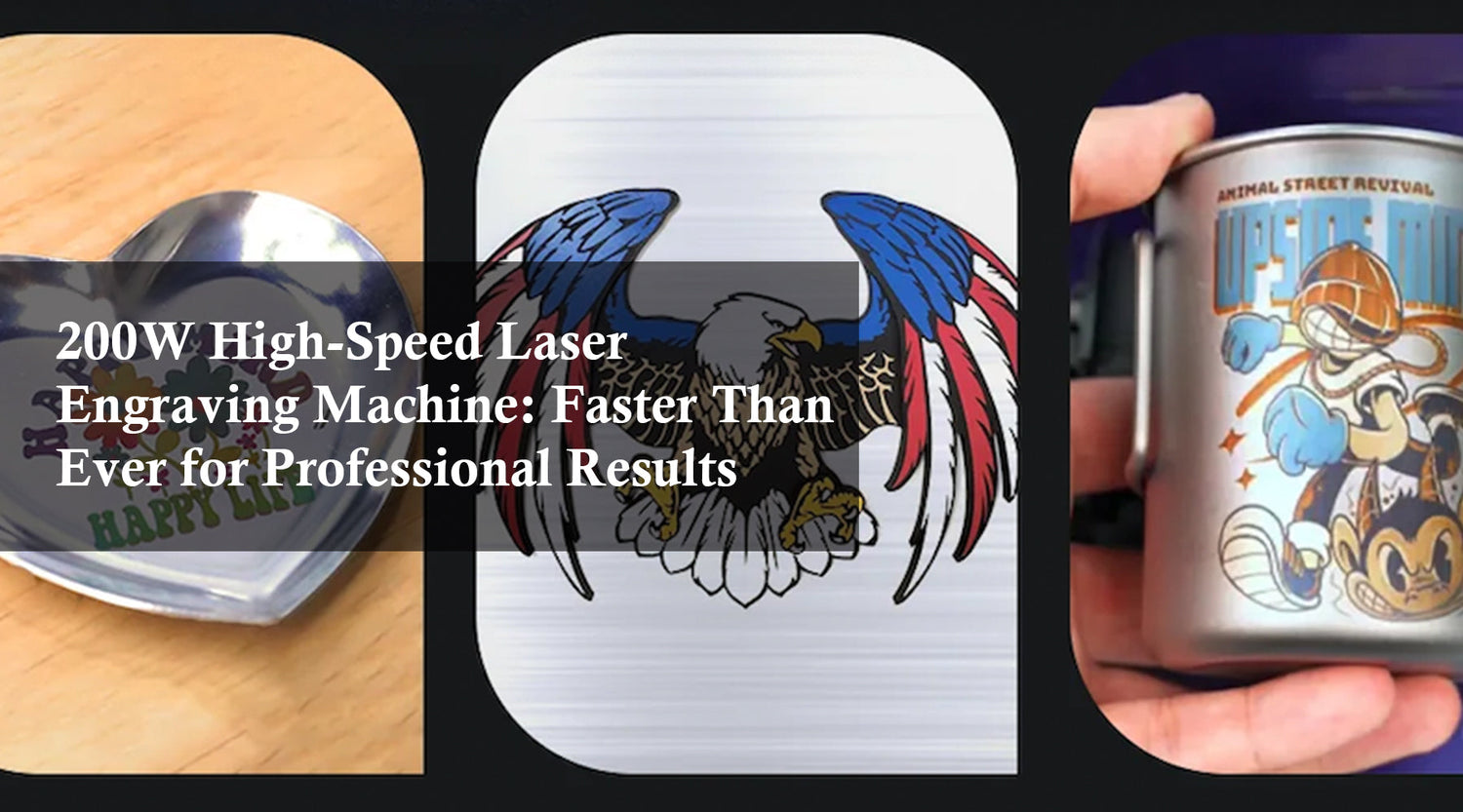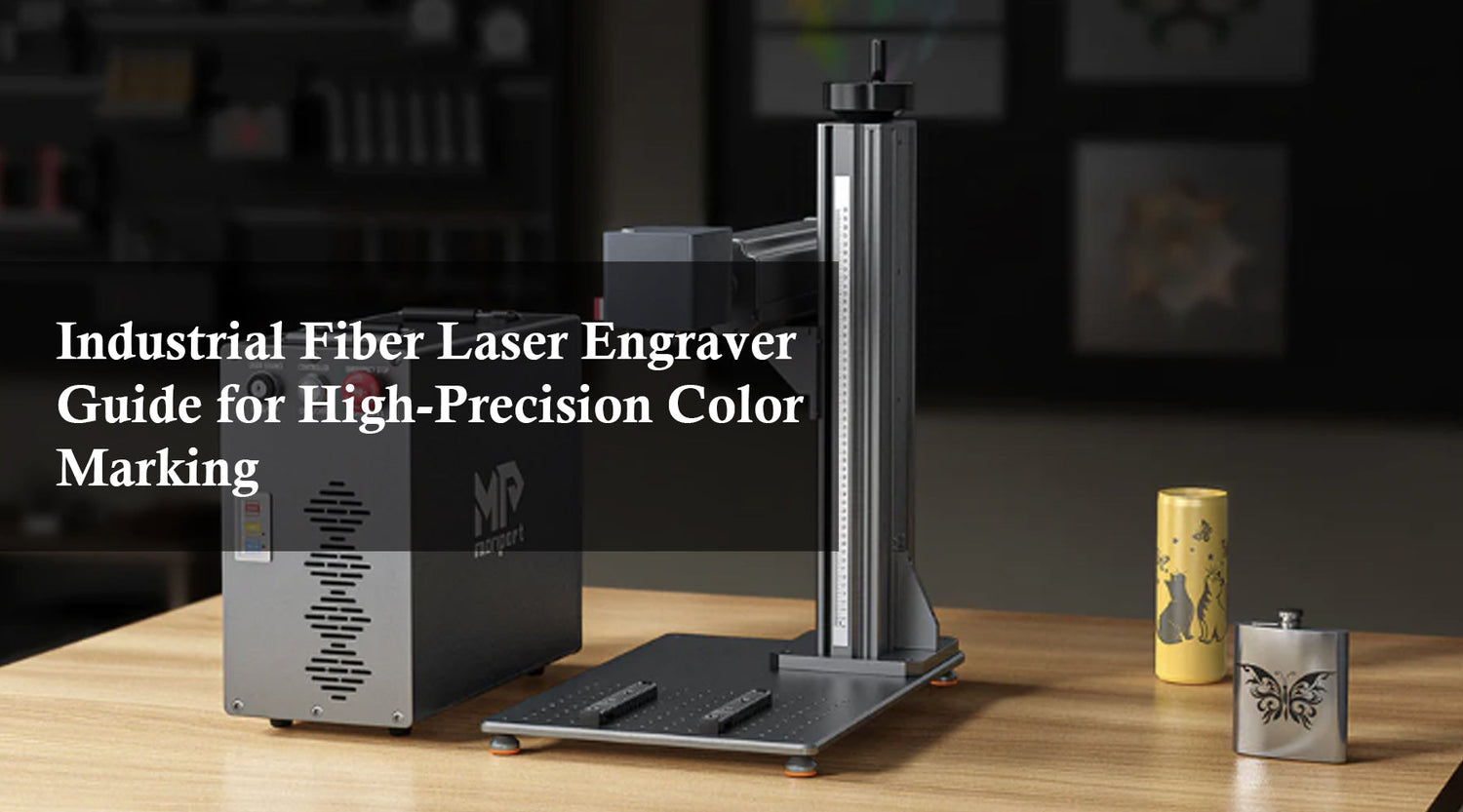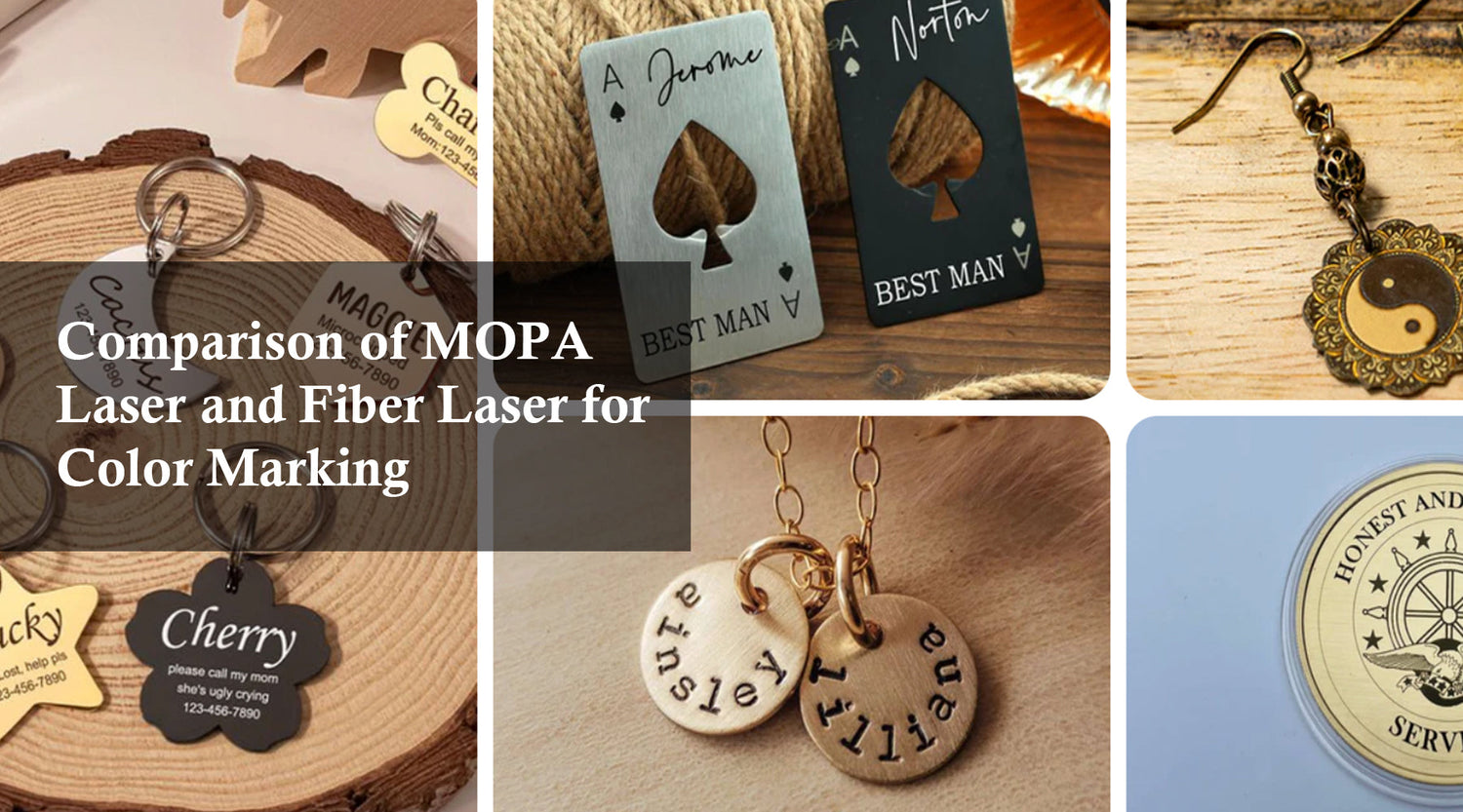Laser cutting and engraving with the best hobby laser cutter from engravings by Monport have become popular hobbies for those seeking creative outlets and personalized projects. For many makers, a laser cutter hobby setup is the easiest way to start turning ideas into real products at home. If you're interested in working with PVC, a Monport hobby laser cutter engraver can be a valuable tool. In this guide, we'll explore the best hobbyist laser cutter and engraver options for laser cutting PVC, along with tips and techniques for achieving professional-quality results using modern hobby laser cutters.
For beginners and experienced makers alike, choosing the right hobby laser matters when safety, precision, and long-term use are considered.
Monport ONYX-R 55W: The Best Hobbyist Laser Cutter Engraver
The Monport ONYX-R 55W Desktop CO2 laser engraver is an excellent choice for hobbyists looking to laser cut PVC. It is often considered a best hobby laser cutter option for home workshops. As a reliable hobbyist laser cutter, it offers a powerful 55W laser tube, a spacious work area, and a range of features that make it suitable for a wide variety of projects.
This machine also functions well as a hobby laser engraver, making it ideal for users who want both cutting and engraving in one compact system.
Key Features of the Monport ONYX-R 55W
-
Powerful 55W Laser: The ONYX-R 55W is capable of cutting through 10mm of plywood or acrylic in a single pass, making it suitable for most PVC projects commonly handled by hobby laser cutters.
-
Autofocus Functionality: The machine features an easy-to-use autofocus function that ensures precise focusing and optimal engraving results, even for beginners starting a laser cutter hobby.
-
High-Resolution Camera: The built-in camera allows you to preview your work and make adjustments before starting the engraving process.
-
Versatile Engraving Possibilities: With a spacious 19" x 11.5" working area, the ONYX-R 55W can accommodate a wide range of PVC projects created with a hobby laser cutter.
-
Multi-Material Compatibility: In addition to PVC, the ONYX-R 55W can also be used to engrave and cut other materials such as wood, acrylic, leather, and more, which is why many consider it the best hobby laser cutter for mixed projects.
-
Safety Features: The machine is equipped with safety features such as an emergency stop button, cover protection, and a smoke evacuation system—important for any hobby laser workspace.
Understanding PVC

PVC (polyvinyl chloride) is a versatile plastic material that is commonly used for a variety of applications, including signage, piping, and consumer products. When laser cutting PVC with a hobby laser cutter, it's important to understand its properties and characteristics to ensure clean cuts and avoid damaging the material or the machine.
-
Types of PVC: PVC comes in various types, including rigid PVC, flexible PVC, and foamed PVC. Each type has different properties and may require different laser settings, even when using high-quality hobby laser cutters.
-
Color: The color of the PVC can affect the cutting process. Darker colors may absorb more laser energy, resulting in a faster cutting speed.
-
Thickness: The thickness of the PVC will also influence the cutting time and power settings. Thicker PVC will require a higher power setting, especially on a hobbyist laser cutter.
Laser Cutting PVC: Best Practices
-
Material Preparation: Ensure the PVC material is clean and free of any contaminants before cutting with your hobby laser.
-
Design Considerations: When designing your PVC project, consider the thickness of the material and the complexity of the design. Avoid intricate details that may be difficult to cut cleanly with a hobby laser cutter.
-
Laser Settings: Experiment with different laser settings, including power, speed, and focus, to find the optimal configuration for your PVC material and design.
-
Air Assist: Using air assist can help to prevent charring and improve the quality of your cuts, a key tip for any laser cutter hobby setup.
-
Ventilation: Ensure proper ventilation to remove smoke and fumes during the cutting process, especially when using hobby laser cutters indoors.
Creative Projects with Laser-Cut PVC

-
Signage: Create custom signs for businesses, events, or personal use using a hobby laser engraver.
-
Decorative Items: Laser cutting PVC can help create unique decorative items, such as wall art, coasters, or ornaments.
-
Prototyping: Use laser cutting to create prototypes for product development or design projects with a hobbyist laser cutter.
-
Custom Accessories: Design and create custom accessories, such as phone cases, keychains, or jewelry, using a reliable hobby laser.
Tips for Laser Cutting PVC
-
Choose the Right PVC: Select a PVC material that is compatible with laser cutting. Avoid PVC materials that contain additives or fillers that may release harmful fumes when cut with a hobby laser cutter.
-
Set the Laser Power and Speed: Adjust the laser power and speed settings based on the thickness and type of PVC you are cutting.
-
Use a Cutting Board: Place the PVC material on a cutting board to protect your machine's work surface, especially when running longer jobs on hobby laser cutters.
-
Ventilation: Ensure proper ventilation to remove smoke and fumes during the cutting process.
-
Experiment and Learn: Don't be afraid to experiment with different settings and techniques to achieve the best results as you grow your laser cutter hobby.
FAQs
1. What materials can Monport laser machines handle?
Monport lasers work on wood, acrylic, metal, leather, glass, and more—ideal for versatile engraving and cutting with a hobby laser cutter.
2. What are the benefits of Monport CO₂ laser engravers?
They offer high precision, large work areas, and powerful cutting ability, making them suitable as a hobby laser engraver for creative users.
3. Why choose a Monport fiber laser?
Monport fiber lasers are built for speed and accuracy, making them excellent for metal engraving and industrial use beyond basic hobby laser projects.
4. Are Monport machines beginner-friendly?
Yes, many models come pre-assembled or semi-assembled, with intuitive controls and tutorials that support new users starting a laser cutter hobby.
5. What makes Monport stand out from competitors?
Monport offers affordable pricing, solid build quality, and great software compatibility, making it a strong choice for anyone seeking the best hobby laser cutter.
Key Takeaways
- Laser cutting PVC is a versatile and efficient technique for creating custom projects.
- The Monport ONYX-R 55W Desktop CO2 Laser Engraver is a powerful and reliable hobbyist laser cutter for laser cutting PVC.
- To achieve the best results, choose the right PVC material, set the laser power and speed appropriately, and ensure proper ventilation.
- Experiment with different designs and techniques to unlock your creativity with your hobby laser cutter.
Conclusion
The Monport ONYX-R 55W Desktop CO2 laser engraver is the best hobby laser cutter for hobbyists looking to laser cut PVC. With its powerful laser, autofocus functionality, and versatile features, it offers a reliable and efficient way to create custom projects using a single hobby laser engraver system. By following the tips and techniques outlined in this guide, you can achieve professional-quality results and fully enjoy your laser cutter hobby.
Ready to start laser cutting PVC? Visit our website to learn more about the Monport ONYX-R 55W Best Hobbyist Laser Cutter Engraver and explore our wide range of accessories and support resources.
Unlock Big Savings at Monport Laser! Use code BESTMP10 at checkout for an exclusive discount – Click here to shop now!








